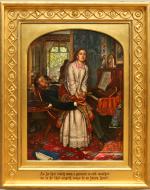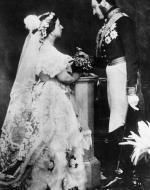The Victorian period was one of great change for Britain. Comprised of the years of Queen Victoria’s reign (1837-1901), it featured the rapid industrialization and urbanization of Britain, and the radical expansion of the British empire. Although these changes improved the quality of life for some Victorians, many more were forced to work under inhumane conditions, live in unsanitary and insalubrious environments, or suffered the violent oppressions of colonial rule. While we may think of the Victorian period as a distant, different era, this class argues that Victorians faced some of the same issues we deal with today, including systemic racism, opioid addiction, ecological disasters, and public health crises, to name but a few.
“Victorian Literature and Politics for the Present” revisits texts both familiar and new - canonical and not - through the lens of current events. Addressing a range of genres, this course examines historical and philosophical trends that shaped the era’s literature and were shaped by it. Specifically, it will explore how the Victorians addressed, and sometimes avoided, issues of racial oppression, class conflict, public welfare, and imperial plunder. Moreover, it will consider what parallels and throughlines we can draw between the Victorian era and the twenty-first century and contemplate the value of continuing to study Victorian authors and texts today.
As a class we will be using the resources of the Collaborative Organization for Virtual Education (COVE) to create a collaborative Digital Humanities project in Victorian studies in which we explore the intersecting dynamics of race, gender, class, and empire of the Victorian Era. To complete this project, you will need to add one timeline element, one map element, and one gallery image related to these issues to our collective COVE resources. Your contribution should provide a brief overview of a significant and interesting cultural or political event, structure or location, or artwork or illustrative image, as well as a brief reflection that connects that event to our course themes and texts. Each contribution should be approximately 300-500 words. Consider interlinking the three elements, exploring a particular topic in greater depth.

















